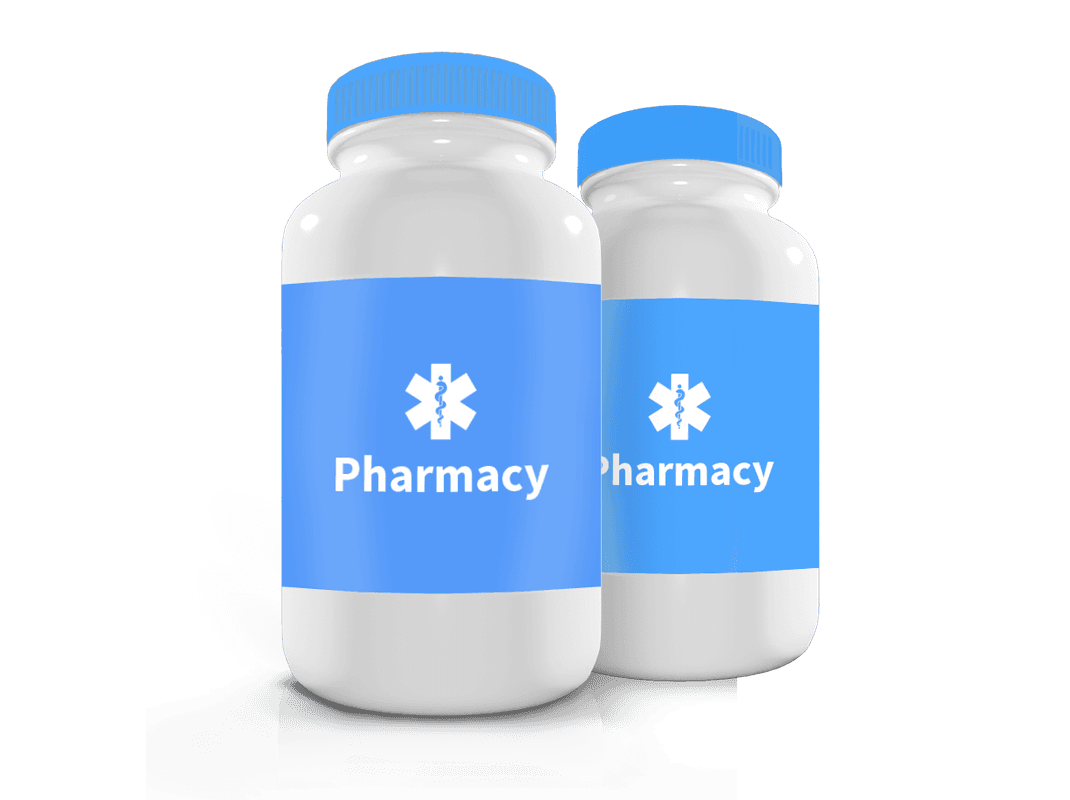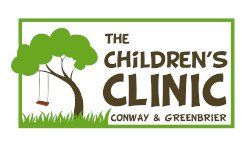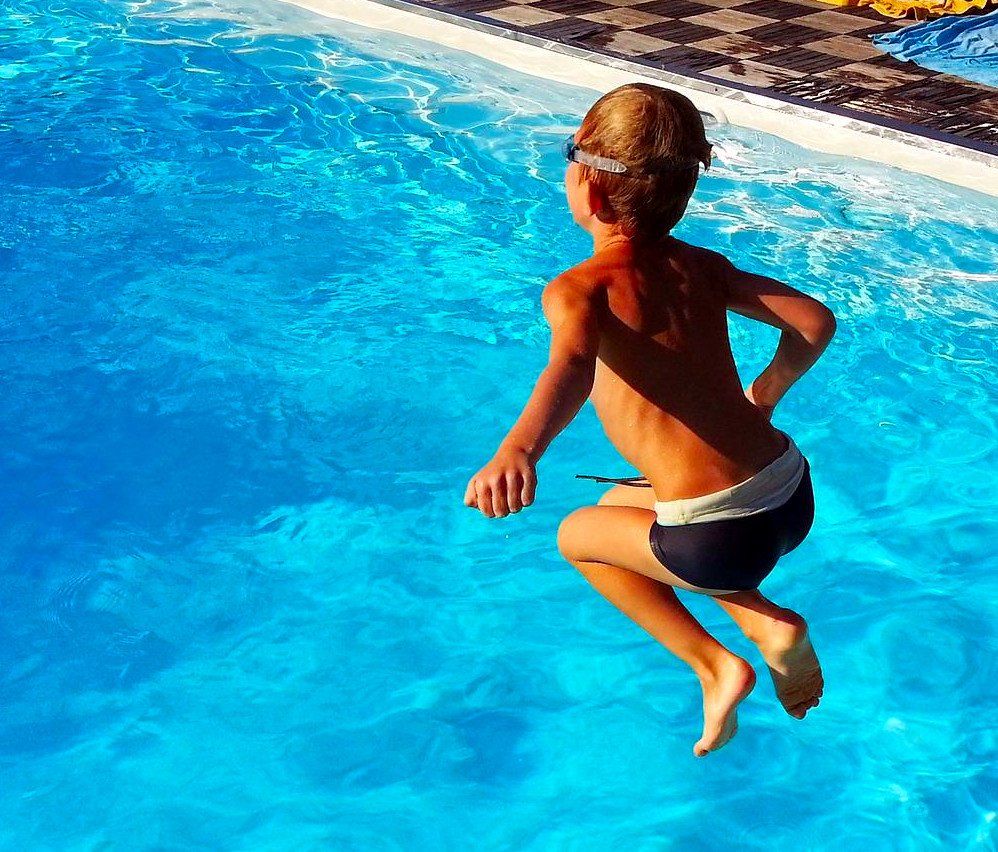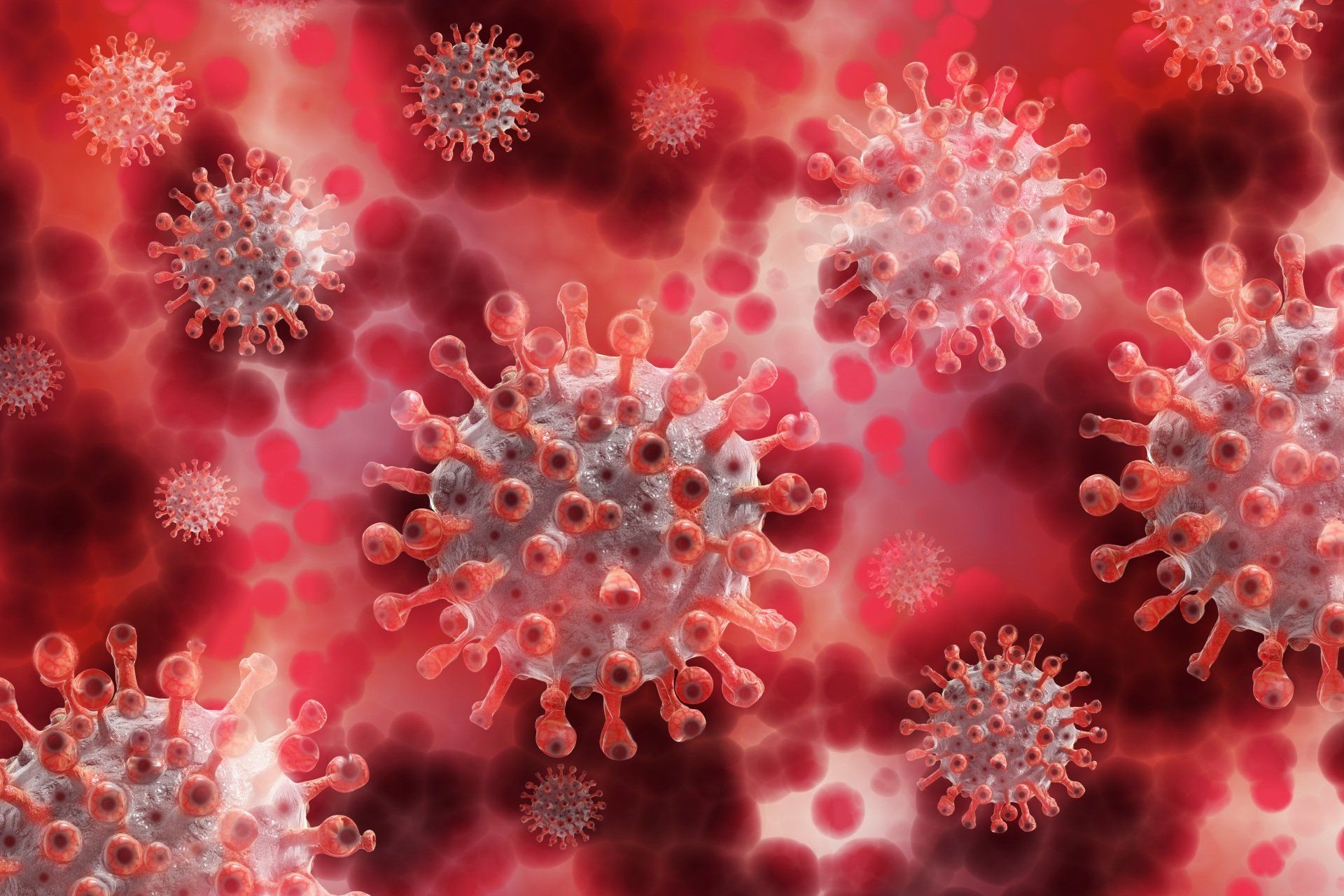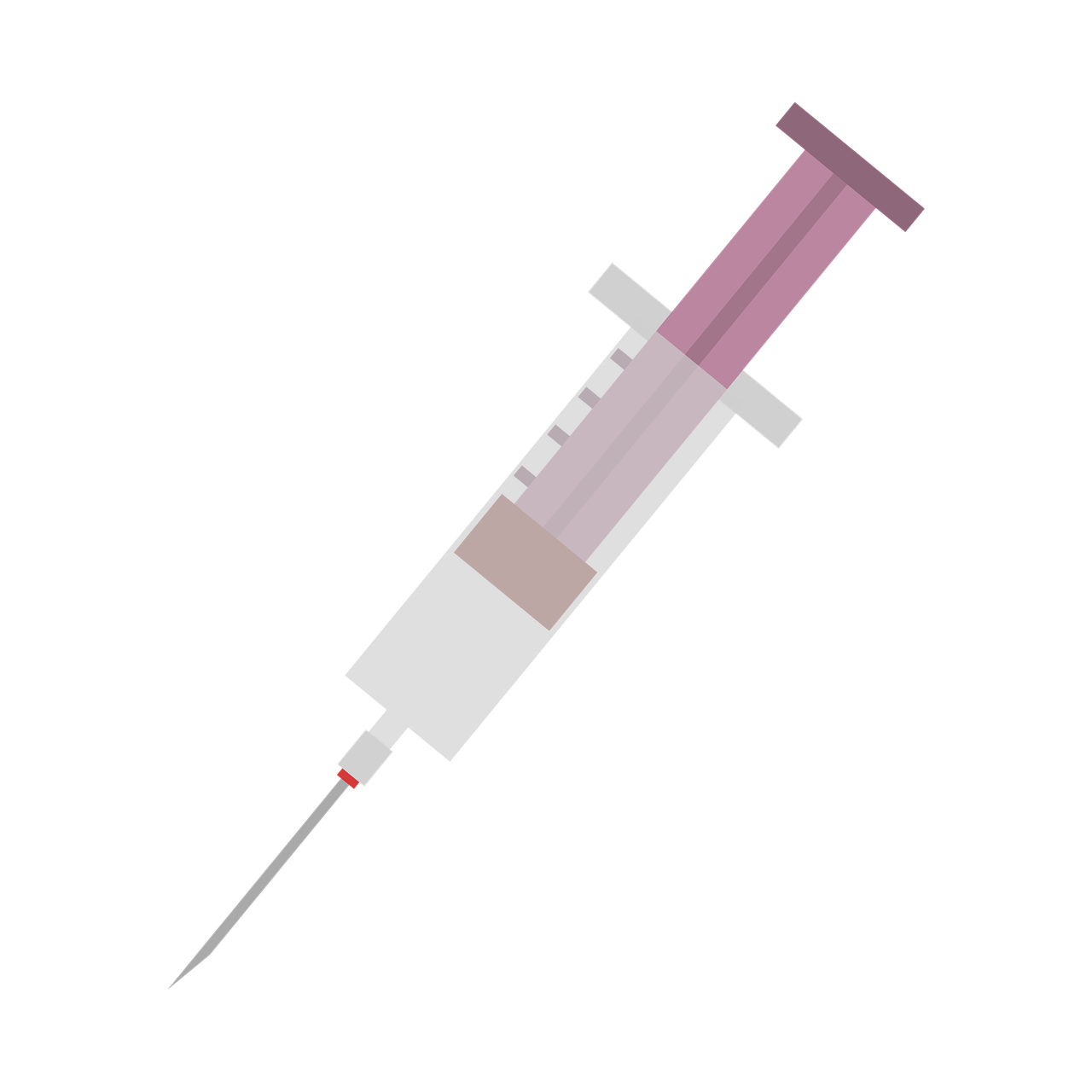How to protect your kids from the sun
The Children's Clinic of Conway and Greenbrier | News and Discussion

Sunscreen Smarts
Skin is the body’s biggest organ and we have to do whatever we can to protect it! The sun is incredibly hard on our skin and using sun protection will help keep us looking better and potentially living longer!
Let’s face it - we all have sun damage. From our early childhood outside playing to sitting too long at the pool without applying and reapplying sunscreen, we are continually aging and damaging our skin. There are several ways to protect our skin when we are outdoors including sunscreen, protective clothing, eye wear, and more. And this should go without saying, but avoid tanning beds at all cost.
Millions of people around the country crave the tanned skin, but perhaps they would change their tanning method if they knew what the long-term effects of the sun could do to their skin. A “suntan” is actually damaged epidermis – the skin’s top layer. Long-term effects of sun exposure can lead to early wrinkling of the skin, cellular damage, age spots, and skin cancers –including melanoma, a very serious, aggressive, and potentially fatal cancer.
Protecting our children’s skin is incredibly important! The vast majority of wrinkles are from sun damage (tanning and sunburns) before the age of 18. Most moles are present before the age of 30, and those who are exposed to more sun in their childhood are more likely to have a greater number present. The American Academy of Dermatologists has an incredible website to teach the public about sun damage and skin cancer – visit www.listentoyourskin.org for more information and photos. Knowing the ABCDE’s of melanoma can save a life (see below).
It is recommended that you use a sunscreen of at least 30 SPF. Using sunscreens higher than 30 SPF are still safe but may only give you a little more protection than SPF 30. Regardless of the SPF you are using, you should reapply EVERY 2 hours if you are dry and every hour if you are wet (after swimming or sweating). Using a daily moisturizer or make up with sunscreen will help to protect your face. Sun damage can even affect your lips – so be sure to snag a chap stick with SPF in it as well! Try to wear protective clothing when possible and try to utilize shade when you can to protect yourself from more of the harmful rays.
Children under 6 months of age should be kept out of direct sunlight whenever possible. Always try to keep children in the shade and in cool clothing that covers their skin – especially at very young ages. After 6 months of age, sunscreens are considered safe for children. The safest sunscreens are those containing zinc oxide and titanium dioxide because these do not penetrate the skin. These products are also less likely to cause skin irritation in children with sensitive skin. These formulations, however, are generally not waterproof, so reapply frequently with water activities and after sweating.
Did you know…your risk of developing melanoma DOUBLES if you have had more than 5 sunburns? Use protective clothing and sunscreens, try to limit direct, unprotected sun exposure whenever possible, and listen to your body. Do a monthly exam of moles and remember the ABCDE’s of moles – look for Asymmetry of the mole, irregular or poorly defined Borders, variations of Color, large Diameter (anything bigger than a pencil eraser), and Elevated or raised moles.
Also, if there is a family history of melanoma it is wise to discuss your personal risk factors with your healthcare provider.
Katelin Whiddon, NP
